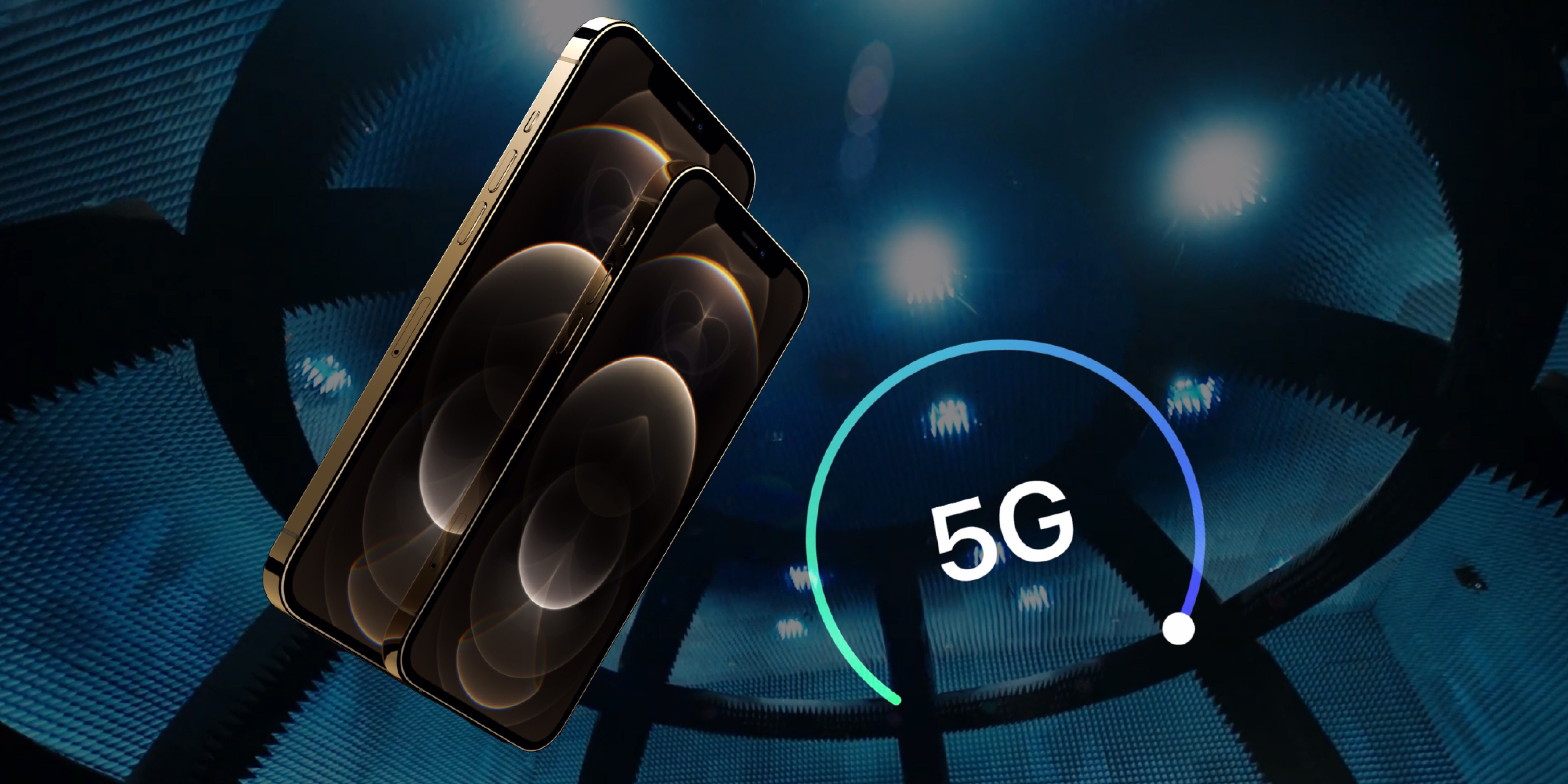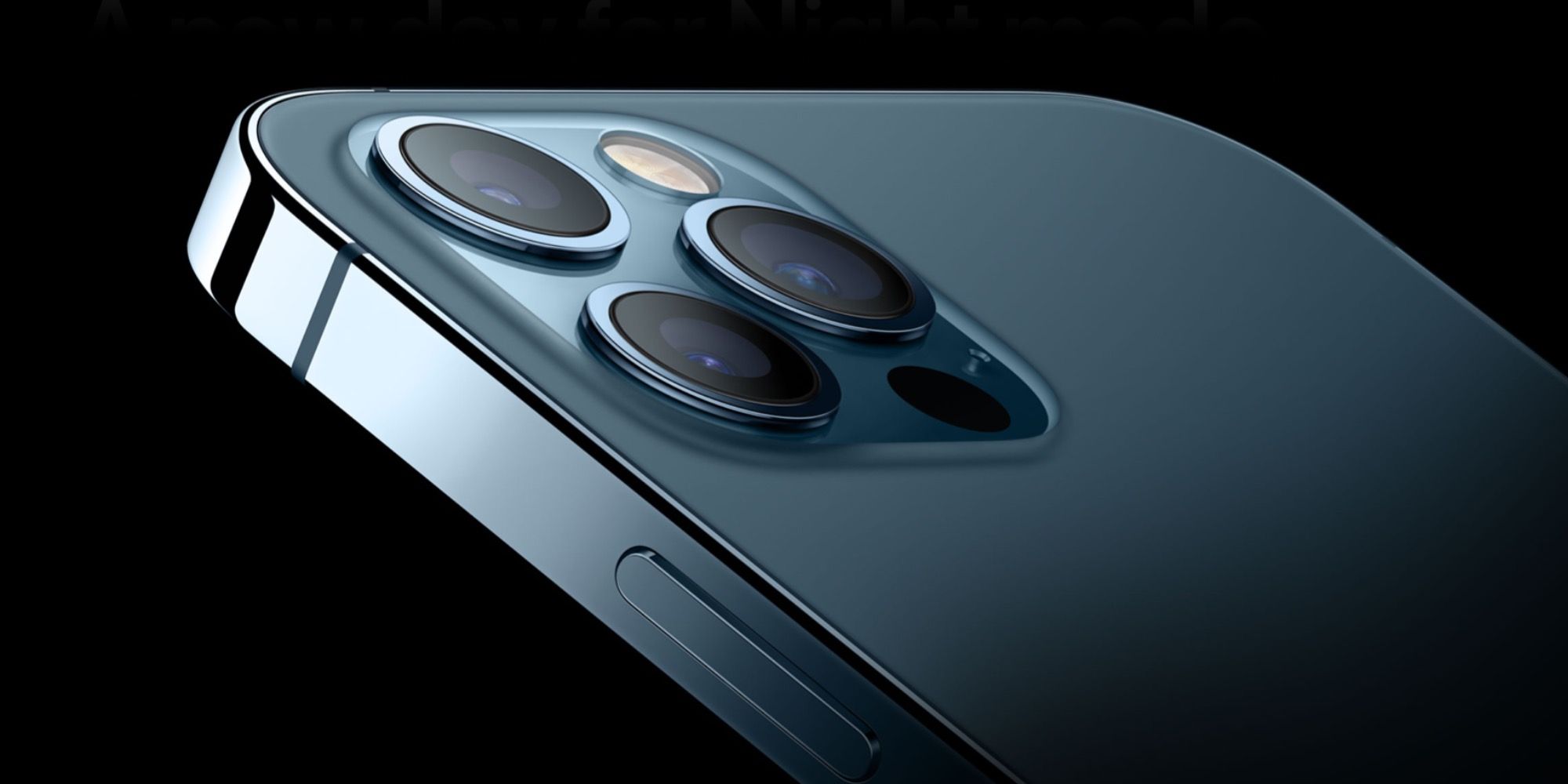Every Apple iPhone 12 model supports full 5G, but will decide when the user can access the next-generation network. Whether downloading a movie, an album, a batch of photos or other large files, 5G promises to dramatically shorten the time spent waiting, but the technology that's required to access the faster network can drain a smartphone battery faster than LTE.
5G networking is still in the process of rolling out, so availability will vary from one region to the next. 5G occupies several different bandwidths and offers varying speeds and range, so it's important to consider which is available before making purchase decisions based on the potential for faster internet. mmWave 5G is the fastest, but is only found in a few areas currently. The carriers are favoring urban areas due to the population density and greater need for high bandwidth. Sub-6 is more widely available, but is only slightly faster than LTE. Again, comparative speeds vary across the nation, so some local research is needed to collect solid information.
Balancing speed, coverage and call quality with battery life can be a challenge. Apple's new Smart Data mode uses LTE when 5G speeds are not needed, but can instantaneously switch to 5G on any of the many supported bands. Apple decided to maximize battery life by using LTE when the extreme speeds of 5G are not needed. When browsing the news or checking weather, stock reports, or any activity that requires mostly text and images, LTE is sufficiently fast and using 5G would not make a noticeable difference. In that instance, the iPhone 12 will use LTE. For streaming 4K resolution movies, downloading large files and playing graphically intensive games, 5G will make a big difference and will be used. Of course, how well this feature works will be critical to the experience. If Apple's algorithms don't detect the need for speed quickly enough, the feature fails and the user will suffer. As with many automated systems, it would have been more ideal to give the user the option to manually choose whether to enable the feature.
Apple’s 5G Design & Future 5G Tech
Apple's iPhone 12 line-up includes four models and every one supports both types of 5G. Apple managed to reduce the size and weight of the iPhone, without reducing battery life, despite the extra power draw that results from 5G data usage. Apple was slow to market with the newest cellular type, but the wait may be worth it. It completely depends on the accuracy of the data load predictions. An alternative solution would have been to simply include larger batteries in the iPhone 12.
In the future, 5G should actually use less power than LTE, but in these early stages, the modem may be increasing power to connect to a more distant 5G signal and the technology may be less sophisticated than future versions. Theoretically, 5G should be more power efficient, it just isn't yet. Apple recognized this and found a way to get all of the speed available with current 5G networks, without sacrificing iPhone 12 battery life.
Source: Apple


